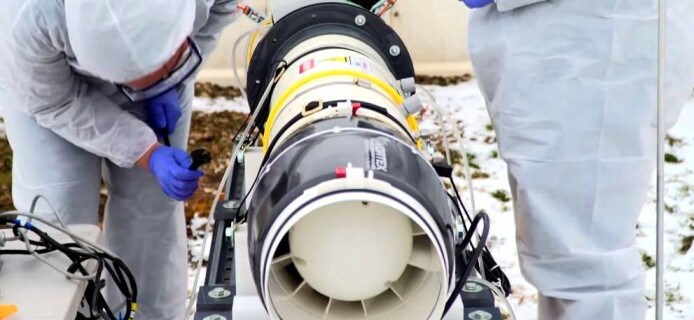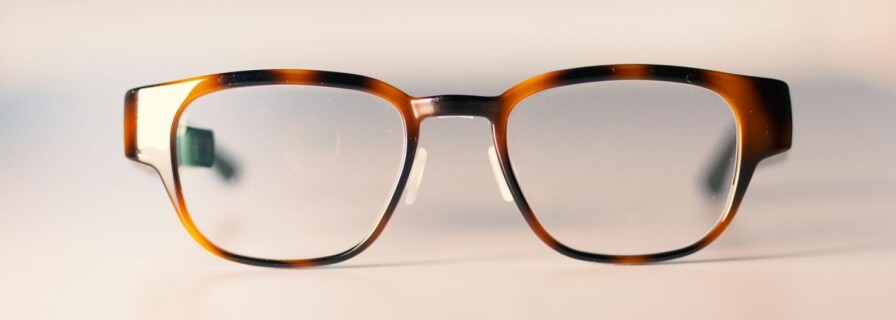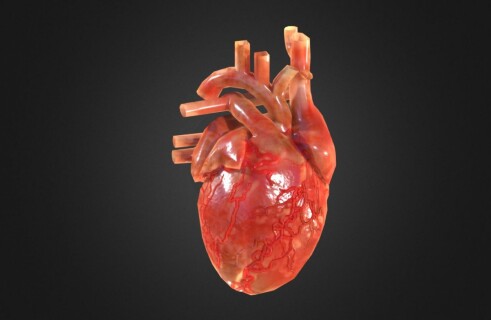-
en

News - page 42
Speedgate: a new sport created by a neural network
Scientists introduce 3D printed heart
How Does Space Travel Affect the Human Body?
Lawnmower Racing: Honda Develops the Fastest Lawnmower in the World
The robot called Blue - hands with artificial intelligence
Voxan и motocross rider Max Biaggi to break record on electric motorcycle speed
What is hidden under marine debris? Google founder’s NGO makes startling discovery
A foam plastic knife and other wonders of chemistry
Viewers Scared by Weather Forecast with AR Elements
Recycling robot to solve the garbage problem
SwagBot robot farmer to be on sale in 2020
Why do volcanic gases and ash move at high speed? Scientists explain
The first ever photo of a black hole has been published
How NASA illuminated the northern lights
World’s Largest and Most Spacious Electric Bus Presented in China
"Brain-computer" interface: what does blood circulation have to do with it?
War as a Game: What Do We Know about Microsoft’s Cooperation with US Army
Look at the board: Chinese schools are testing the attention-level monitoring system
An extra pair of hands: researchers have created a backpack with a mechanical manipulator










